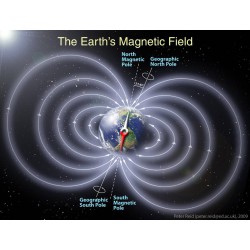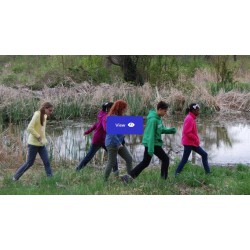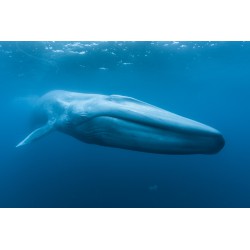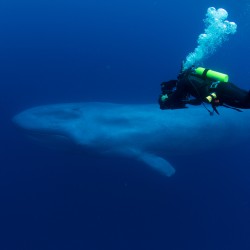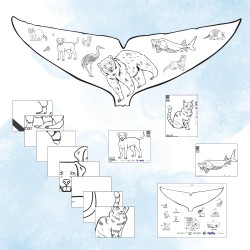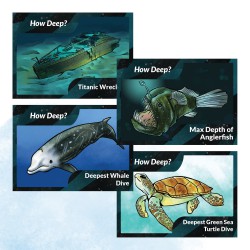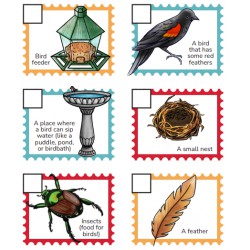Sort
Viewed items
-

Animal Remix
Design a mythical animal through...
Amazing Animals There are 26 items.
Explore activities about the animals that share the world with us. This collection examines animal adaptations, life cycles, and their environments. These activities are fun for all ages.
-
Earth's Magnetic Field
Patrons learn about Earth's magnetic field and the animals that use magnetic homing (detecting patterns in Earth's magnetic field to find their way over long distances) by creating a "turtle" and a magnetic map of its habitat. 0
Check It Out
-
Hogar Dulce Hogar
Un hábitat es el hogar o entorno natural de una planta, un animal u otro organismo. Un hábitat proporciona a un animal alimento, agua y un lugar para vivir. A veces los animales no pueden vivir en sus hábitats naturales, y los humanos deben construir hábitats para ellos. Para satisfacer las necesidades de los animales, las personas intentan imitar sus... 0
Check It Out
-
-
Las Plantas Cuentan
Ponte un sombrero de naturalista y explora el mundo que te rodea. 0
Check It Out
-
Humedal Musical
Los sapos y las ranas se encuentran entre sí llamándose y cada especie tiene un llamado único. Ellos usan estos llamados durante la época de apareamiento para encontrar una pareja. La mayoría de los sapos y ranas llaman durante la noche cuando están protegidos del sol y pueden esconderse de sus depredadores. 0
Check It Out
-
Aviary Architect
Patrons build a roof for a birdhouse that will stay cool in the summer. 0
Check It Out
-
Can You Hear Me Now?
Did you know sound is something we can see? In this activity, participants will explore how we can "see" sound by using a photophone, a DIY tool that converts sound into visual patterns. Check out our instructions to make one, or read about other ways to visualize sounds. Participants will then listen to whale calls and match what they hear to pictures of... 0
Check It Out
How-to Video -
Feeding Time!
Have you ever wanted to be a blue whale lunging for food? Participants will have their chance in this activity as they explore how food gives blue whales the energy to make migrations that are thousands of miles in length. They will collect "food" and then move their blue whale game piece through its migration path to the Gulf of California on a board game. 0
Check It Out
How-to Video -
Size Up!
How BIG is a blue whale, really? Engage participants to find out! Part 1 of the activity begins with a hands-on exploration in measuring their own bodies and then applying the principles of ratios to figure out a blue whale's length. Part 2 extends the learning to understand how scientists use drones and math to measure something so massive in the ocean. 0
Check It Out
How-to Video -
Fin-tastic Fun! Blue Whale Tail Mural Activity
Blue whales are the largest animals ever that can grow up to 100 feet long and weigh as much as 150 tons! In this activity, participants will be able to experience how big a blue whale’s tail can grow by working together to create a life-sized mural. 0
Check It Out
-
How Deep? Sorting Game Activity
This simple and engaging activity introduces younger patrons to concepts such as distance and depth and allows older patrons to explore these concepts further. This is an excellent engagement activity that will enable learners to explore the extent of the ocean’s depth and the creatures that inhabit it. 0
Check It Out
-
Bird Scavenger Hunt
Participants learn about common local bird species by engaging in a scavenger hunt on a walk around the library grounds. This can be done as a facilitated program or provided as a handout for families to take home. 0
Check It Out



